Nestlé is estimated to own over 2,000 brands in over 186 countries, making it the largest food company in the world. Some major brands that Nestlé owns include Gerber, Poland Spring, Kit Kat, Starbucks Coffee at Home, DiGiorno, Hot Pockets, Lean Cuisine, Häagen-Dazs, Purina, Friskies, and much more. This chart meticulously crafted by WyomingLLCAttorney.com sheds light on the staggering empire that Nestlé has built since its founding in 1866:
Click below to zoom

Despite the unavoidable abundance of logos on the chart, we appreciate how it has been organized in an easy-to-digest style with helpful categories and “containers” for the brands. The neutral background places emphasis on the brand logos themselves, and the everyday objects such as the baby bottle, cereal box, coffee mug, and dog bowl reveals just how much Nestlé has infiltrated the everyday consumer market.
Why is Nestle evil?
While evil is a strong word, Nestlé has been embroiled in quite a few unethical controversies throughout the years. One of the most infamous marketing ploys that Nestlé executed was when they convinced mothers in third world countries that they needed to feed their babies formula, which is less healthy and more pricey than breast milk. Nestlé aggressively marketed formula despite the wealth of research that supported the benefits of breast milk. Many significant organizations such as International Baby Food Action Network and Save the Children argued that the promotion of infant formula over breastfeeding led to health issues and deaths among babies in less developed countries. This was due to factors such as poor water quality (since formula must be mixed with water), using less formula than required due to prices, and natural milk supply dwindling due to not being used, thus forcing a reliance on formula. Low literacy rates in developing nations also contributed, because the mothers could not read the sterilization instructions.
While Nestlé has since pivoted its marketing strategy for formula to support breast milk as the first choice, it is important to be informed. This chart can help those who wish to learn more about the baby brands they own.
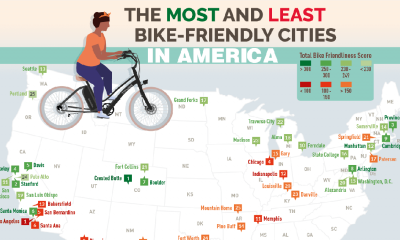
 Charts3 years ago
Charts3 years ago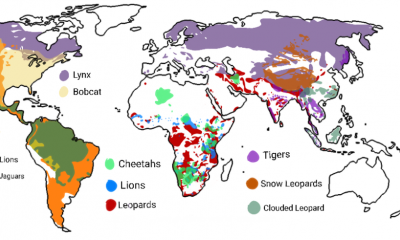
 Maps4 years ago
Maps4 years ago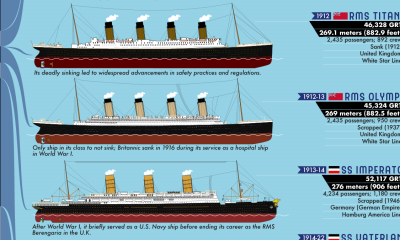
 Timelines4 years ago
Timelines4 years ago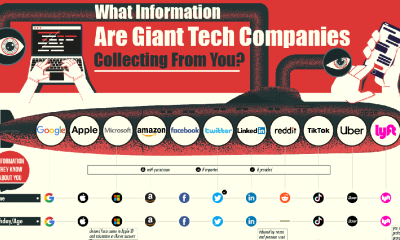
 Charts4 years ago
Charts4 years ago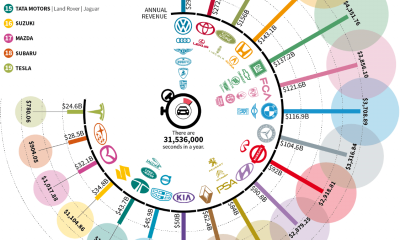
 Charts4 years ago
Charts4 years ago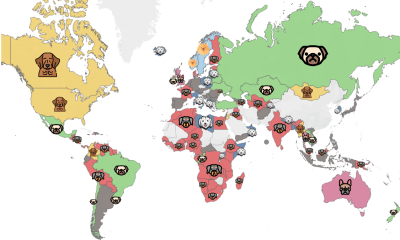
 Maps3 years ago
Maps3 years ago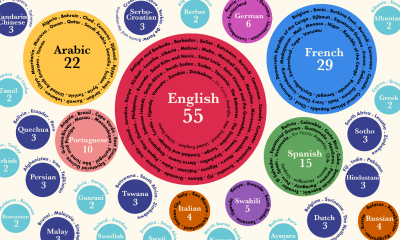
 Charts4 years ago
Charts4 years ago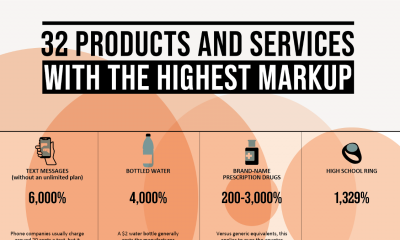
 Charts3 years ago
Charts3 years ago



